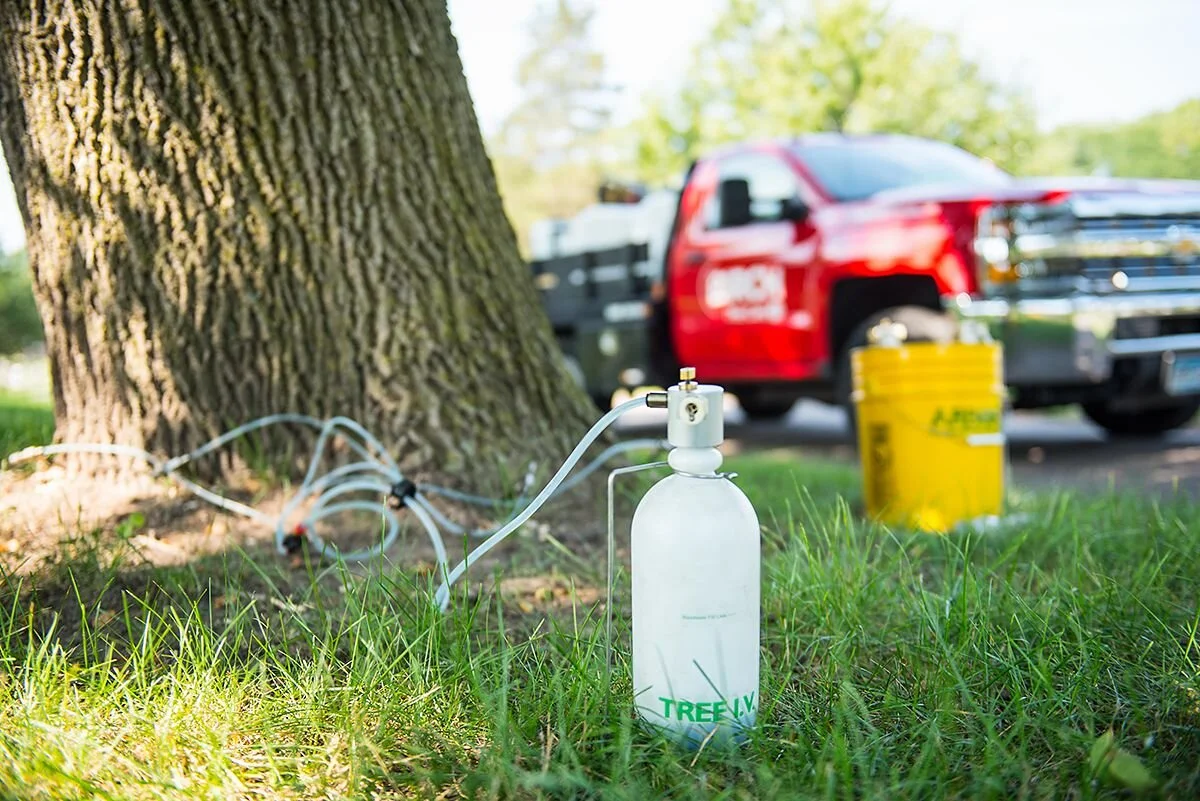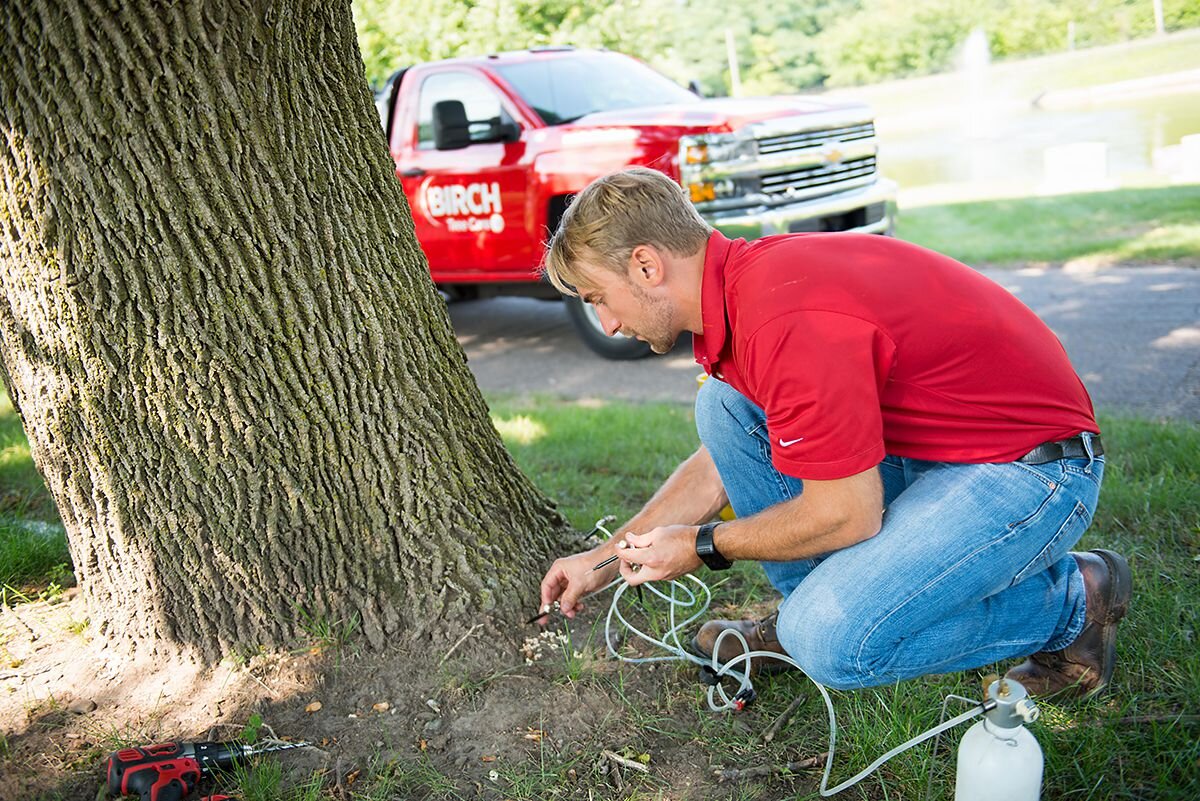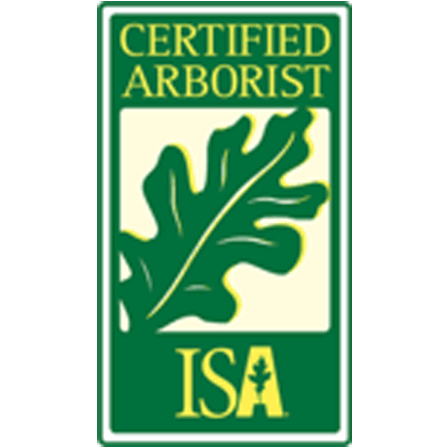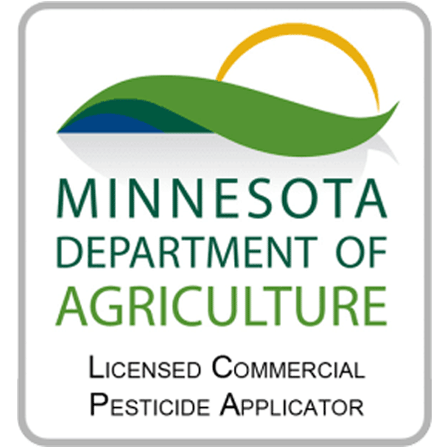There are many purposes for soil injections from fertilizing your garden to stabilizing your property’s foundation. One of the most effective and necessary purposes for your tree’s health is pest control.
Common Tree Pests
An invasive insect known as emerald ash borer (EAB) is known to attack Ash trees. This destructive species will hatch underneath the bark and feed on it, creating tunnels that disrupt the flow of nutrients in the tree. Providing the tree with the correct insecticides can prevent these insects from harming its system and allow it to thrive.
One tree pest that affects trees such as birch, aspen, and oak is the forest tent caterpillar, eating all leaves in mass outbreak groups. They cause trees to weaken with consistent defoliation and commonly kill trees by eating everything on them. According to the Forest Health Annual Reports, the next peak population in Minnesota may occur between 2024 and 2029, making it a perfect time to consider soil injections.
What Are Soil Injections?
Soil injections are designed to provide trees with systemic insecticides that allow them to fight off and repel infestations that may occur. This method begins with injecting the surrounding soil and root area with liquid chemicals until moist. The tree’s height and trunk size are taken into consideration when measuring the dosage, as to not shock the tree and cause further damage, leading to an expensive repair. The root system will then absorb the insecticide and distribute it to major feeding points such as leaves and bark. Once the chemicals are in its system, the pests will die after feeding on them. If done incorrectly, the tree may experience unnatural decay causing its health to significantly decline.
Benefits of Soil Injections
Soil injections will provide long-lasting strength for your tree, eliminating the risk of infestations that would otherwise harm it. Injecting insecticides into the soil not only protects your tree from infestations, but surrounding areas from aphids that may be taking over your garden. Aphids are sugar-hungry insects that will cause your leaves to discolor and dry from consuming the nutrients from the root systems in your garden. Repelling these insects can be crucial for the survival of the ecosystem in your garden.
One complimentary benefit to this approach is limiting the use of chemicals in the affected area. Regular pesticides from a spray bottle can get blown into healthy plants that may become damaged. Furthermore, the spray can negatively impact beneficial insects that inhabit nearby plants or even the affected tree. Soil Injections combat this with a more targeted exposure, removing unhealthy insects in a specific spot.
However, insects aren’t always the problem. Like us, trees have immune systems that can become compromised from diseases. A common and often fatal disease is oak wilt, affecting all species of oak trees in Minnesota. It is caused by the fungus Bretziella fagacearum that grows on the sapwood layer of the tree, restricting water and nutrient flow. Oak wilt kills different oak species at different rates, being as fast as 2 months. The 2 approaches to saving a tree from oak wilt are soil injections or tree injections.
There are alternative methods such as tree trunk injections, where a small hole is drilled into the trunk and the insecticides are applied directly. Soil injections eliminate some of the risks that come with open tree wounds in the trunks and root system
Best Practices to Prevent Infestations
Common causes of tree infestations stem from poor sanitation, lack of irrigation, improper pruning, and overfertilization. These create environments that are inviting for pests that can stress your tree, compromising its healthy system. Professional tree trimming is an effective way to avoid potential pests and limit the use of chemicals. Keeping your trees and shrubs evenly cut will deter pests that will otherwise defoliate them.
Our Process
At Birch Tree Care, our certified arborists are equipped to do a thorough evaluation of your tree's state. From there, they can determine which method is appropriate for your needs with their knowledge of tree care and provide you with a free estimate. If the condition of your tree is too far gone, our team is trained for the worst-case scenario and will efficiently perform a tree removal.







